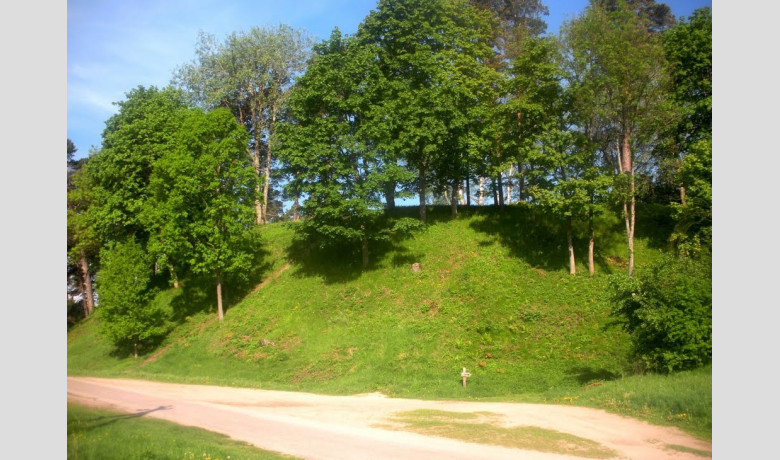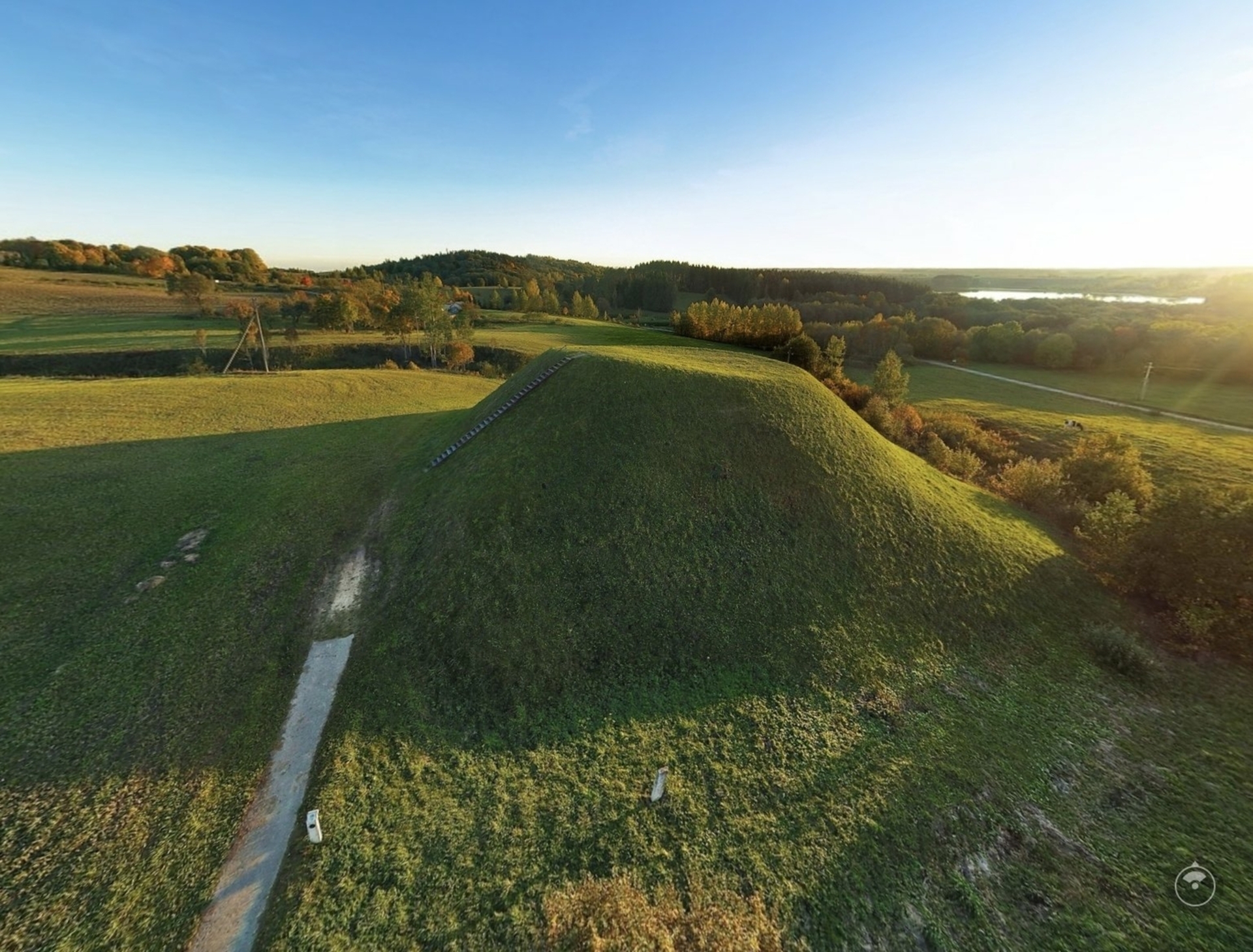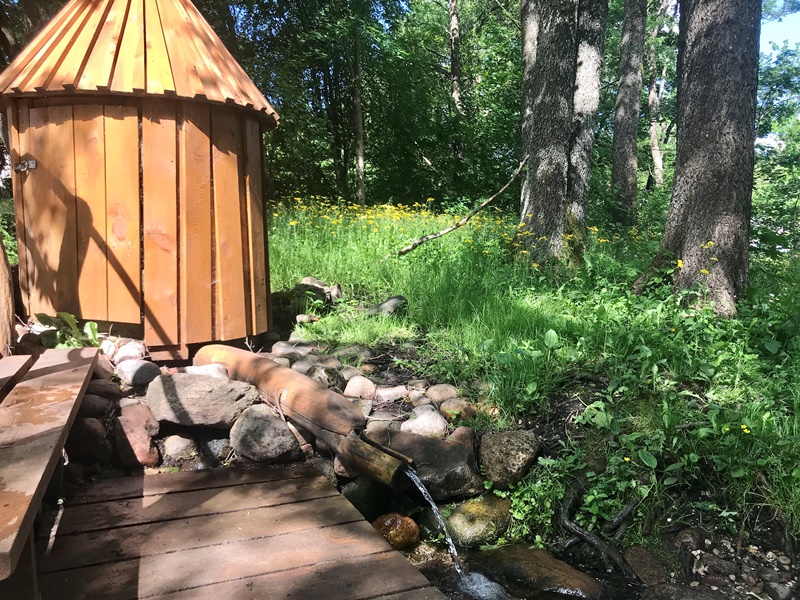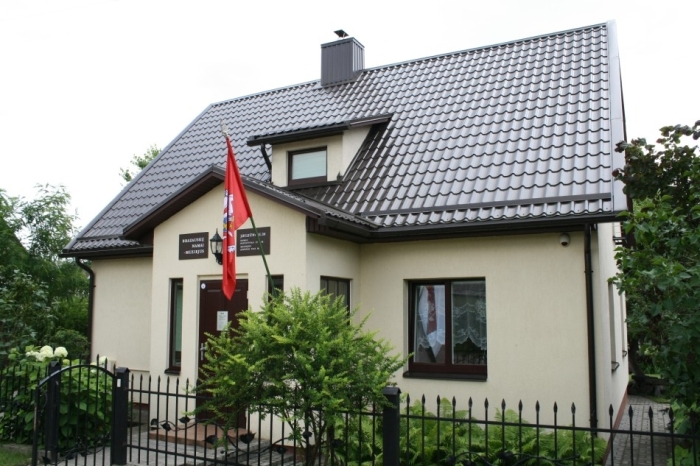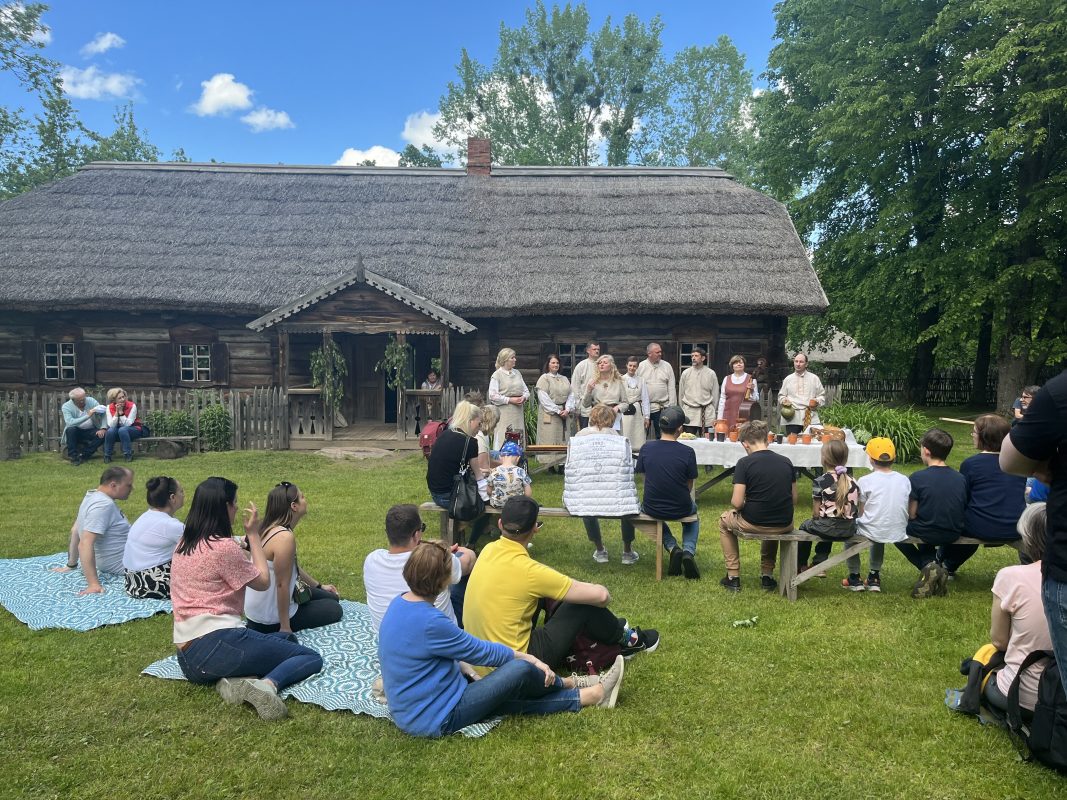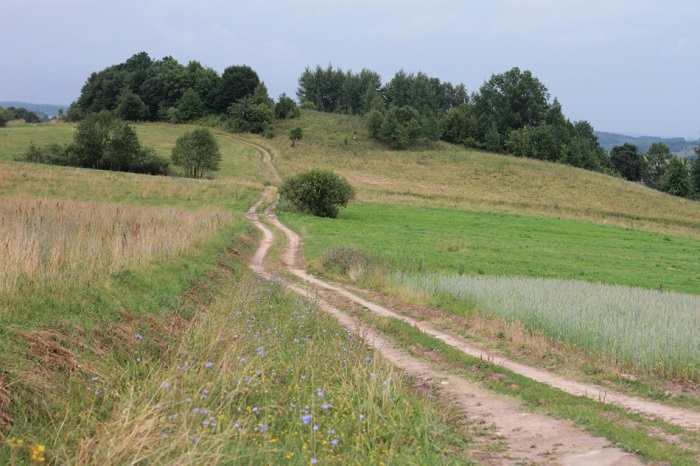Basoniai Hillfort

54

0

0
The hillfort, situated on a high, isolated hill, is both a historical and cultural site reflecting past civilizations and lifestyles. This location, with its rectangular-shaped, elongated east-west platform measuring 43×20 meters and containing a cultural layer, provides valuable insights into ancient times. At the eastern edge of the platform, a 0.5-meter-high rampart can be seen, and the slopes reach a height of 18 meters, indicating the hill's significance as a defensive or ritual site.
Whats new?
Nearby attractions
Nearest museums

 Entertainment
Entertainment
 Sightseeing
Sightseeing
 Food establishments
Food establishments





























 54.723694, 24.302389
54.723694, 24.302389
 Get directions
Get directions








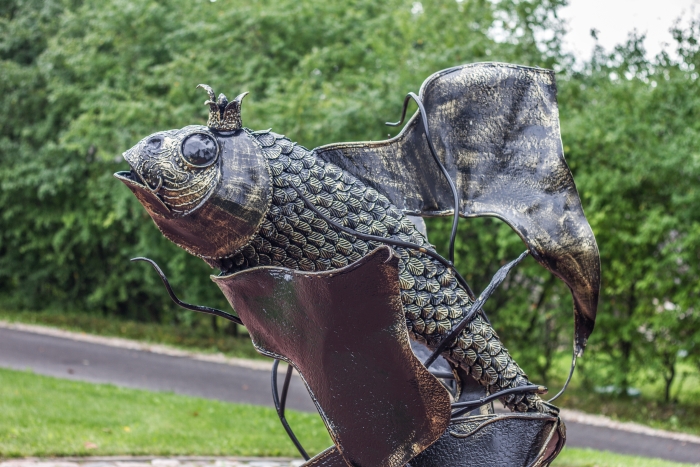
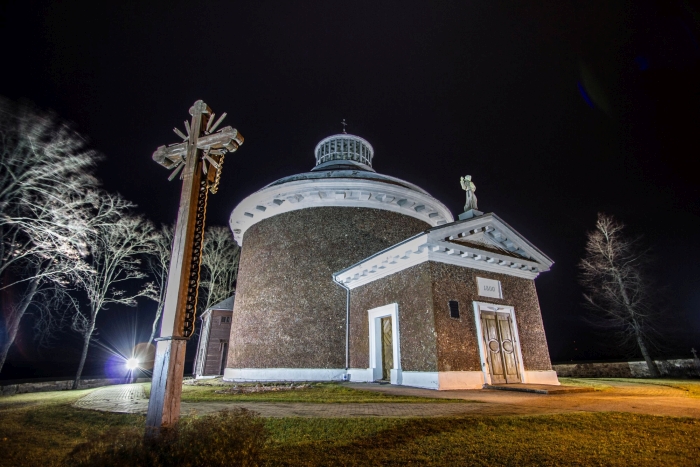
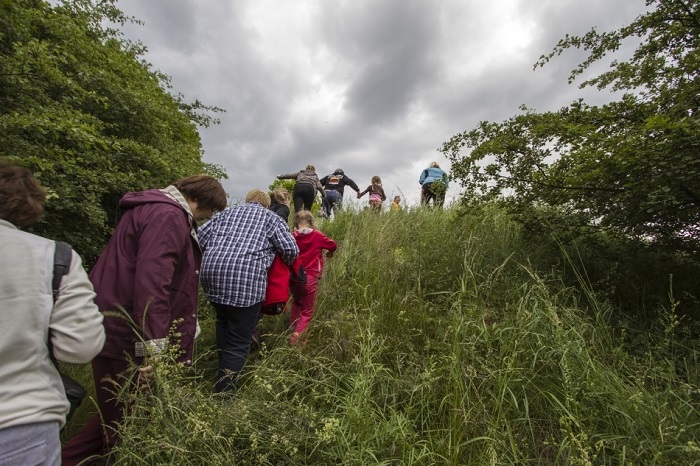
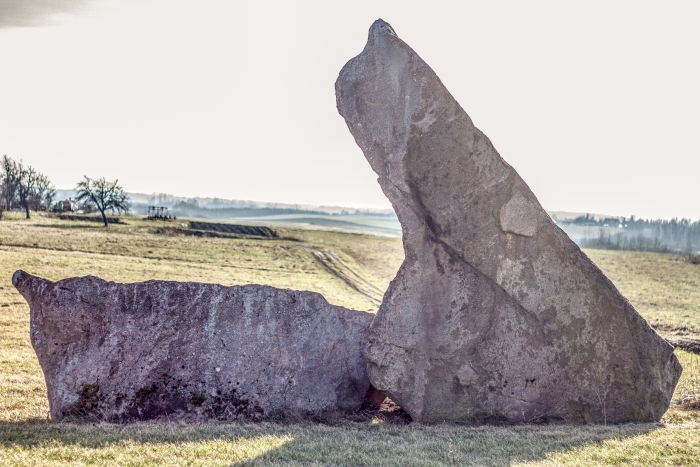

.jpg)
